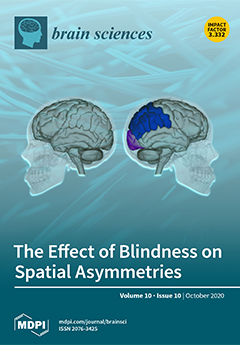
Abstract. The purpose of this article is to present an empirically-derived psychological readiness model of military personnel to take risks during combat deployment. The model was developed using the methods of semantic differential, peer review, and factor analysis. Its theoretical basis is the concept of “hardiness”. The study involved 104 military personnel of the National Guard of Ukraine had combat experience in the War in Eastern Ukraine. The model includes four components: “Ability for volitional efforts (mobilization)”, “Military brotherhood”, “Professional identity”, “Self-control (endurance)”. Their content covers the emotional-volitional, cognitive, motivational, moral, active-practical, existential-being, and interpersonal-social spheres of the individual. The leading role in the model belongs to strong-willed features, combat cohesion, patriotism, and adaptive resources of the individual, which make it possible to maintain the effectiveness of military personnel’s combat activities under conditions of risk. The basis of the psychological readiness of military personnel to actively act and overcome difficulties in conditions of risk (uncertainty, direct threat to health and life) with the absence of reliable guarantees for success is hardiness. It is suggested that the model can be used for psychological selection procedures, professional and psychological training of military personnel, predicting their behavior under conditions of risk, and developing strategies for psychological support in the post-deployment period. This will reduce psychogenic losses during hostilities.
